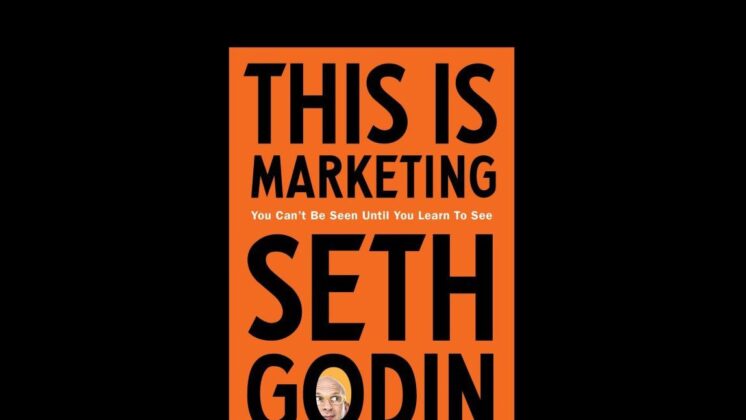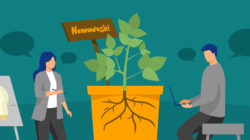Seth Godin returns to the bestseller list with This Is Marketing, a book about how marketing in the new era can be a force for change. It’s a great read not only for marketers, but for business leaders in any field who want to start something new or develop services that are useful to the world.
This past May, I had the opportunity to hear Godin speak at the Association for Talent Development (ATD), the world’s largest organization and human resource development conference. One might think that an audience over 10,000 strong would be difficult to hold for an hour, but in fact it was difficult not to be impressed by Godin’s strong message and charsima. He also has quite the background, having sold his own marketing company for $30M to Yahoo, where he later served as vice president.
Godin stated with confidence that his new book shows the direction of future marketing the same way a compass points true north.
This Is Marketing begins by stating that the environment in which most of us grew up—that is, one of mass markets and advertising investment—is ending. Future marketing is all about change, about making things better through stories. Godin focuses on two particular questions:
1) Who can you help?
2) What’s it for?
Reflecting this is a somewhat unusual definition of marketing: “Marketing is the generous act of helping others become who they seek to become.”
This approach is simple, but perhaps not so easy to accept. It requires patience, empathy, and respect for people. However, with these qualities, marketers can come to understand how people dream, make decisions, and act. In turn, marketers can gradually become aware of how they want to improve and help others.
The book introduces five stages to help us achieve these lofty goals. You’ll have to read the book to find out just what those five stages are, but here is one of the important points:
If you want to make a change, start by understanding your “tribe” and creating a culture.
Unlike many traditional marketing approaches, Godin suggests starting with “the smallest viable market” to find people with whom your ideas resonate—people who understand your “intent” and can help to answer that key question, “What is it for?”
Once you’ve found your smallest market, how do you work together to spread your intent? How do you create impact? How do you foster culture? This book has clues to all of these questions. Persistence in this new kind of marketing, Godin says, will lead to the kind of change that can ripple out to others.
Whether you think such an idea is idealist or a worthy goal, Godin insists, this is marketing.




